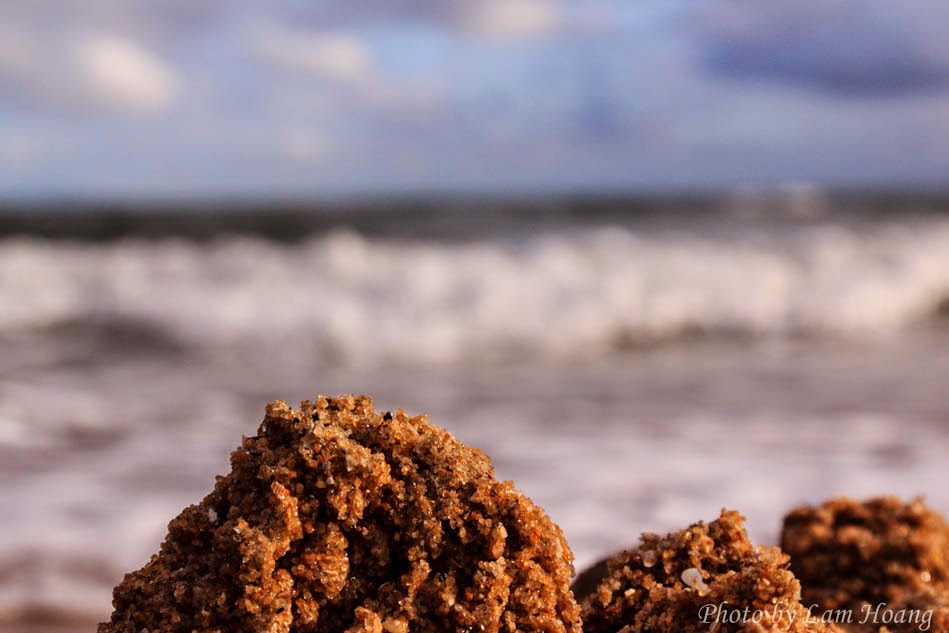1. Add foreground interest

Most guide books will tell you that you should include some foreground interest in your images to draw the viewer’s eye into the shot and give a heightened sense of scale and depth. With a still life shot you create the whole scene, including something in the foreground, and there’s no reason why you can’t occasionally do this with a landscape shot as well.
A few brightly coloured leaves scattered in the foreground of an autumn landscape, for example, can really work well and a few carefully made footprints or a strategically placed shell or stone can enhance a beach scene.
2. Get in the shot
People can be used as foreground interest or to create leading lines with the direction of their view.
If they are looking back towards the camera in front of a vista we tend to see the image as a portrait with an interesting backdrop. However, if they’re looking at the view or walking towards it, our eyes are drawn to what they are looking at or heading towards.
If you’re with a group of amenable people then you should have no problem creating the perfect composition, but if not, put your camera on a tripod and set it to self-timer mode (or use a wireless remote) so that you can be in the shot.
This is an area where Wi-Fi enabled cameras can offer an advantage if there’s an app that allows you to control the camera and view the composition on your smartphone. You can check you are in exactly the right spot before tripping the shutter.
If you don’t have this capability, however, you just need to workout the correct position for you to stand in beforehand, and then take a couple of test shots.
3. Dealing with litter
Some people seem to have complete disregard for the eye-sore they are creating when they drop litter in a beauty-spot.
You can clone out the odd drinks can or sweet wrapper post-capture, but usually the best approach is to pick it up and put it in a nearby bin if there is one.
If there isn’t and you want to do a good turn, take it home with you to dispose of properly. This is usually quicker than doing a virtual clean-up job on your image and it can give you a virtuous feeling.
It’s a good idea to take a couple of plastic bags with you for dealing with such eventualities. One can go over your hand to act as an impromptu glove while the other can be used as a refuse-sack if necessary. Larger items generally can’t be moved so you’ll have to compose around them or clone them out.
It’s easiest to avoid including something in a shot if you stand very close to it and look away from it, so consider relocating your shooting position.
4. Marks in the sand
We mentioned earlier how marks in the sand can be used as foreground interest, but sometimes they can also be distracting.
As people tend to walk on the beach during the day and early evening, the best time to shoot a pristine beach is early in the morning as the tide recedes.
Naturally this is somewhat dependent on the tide times, but it’s worth bearing in mind.
If you’re shooting along a lakeshore and there are footprints or scuff-marks in the sand, try kicking some water up the beach to wash the marks away.

(to be continued)
No comments:
Post a Comment